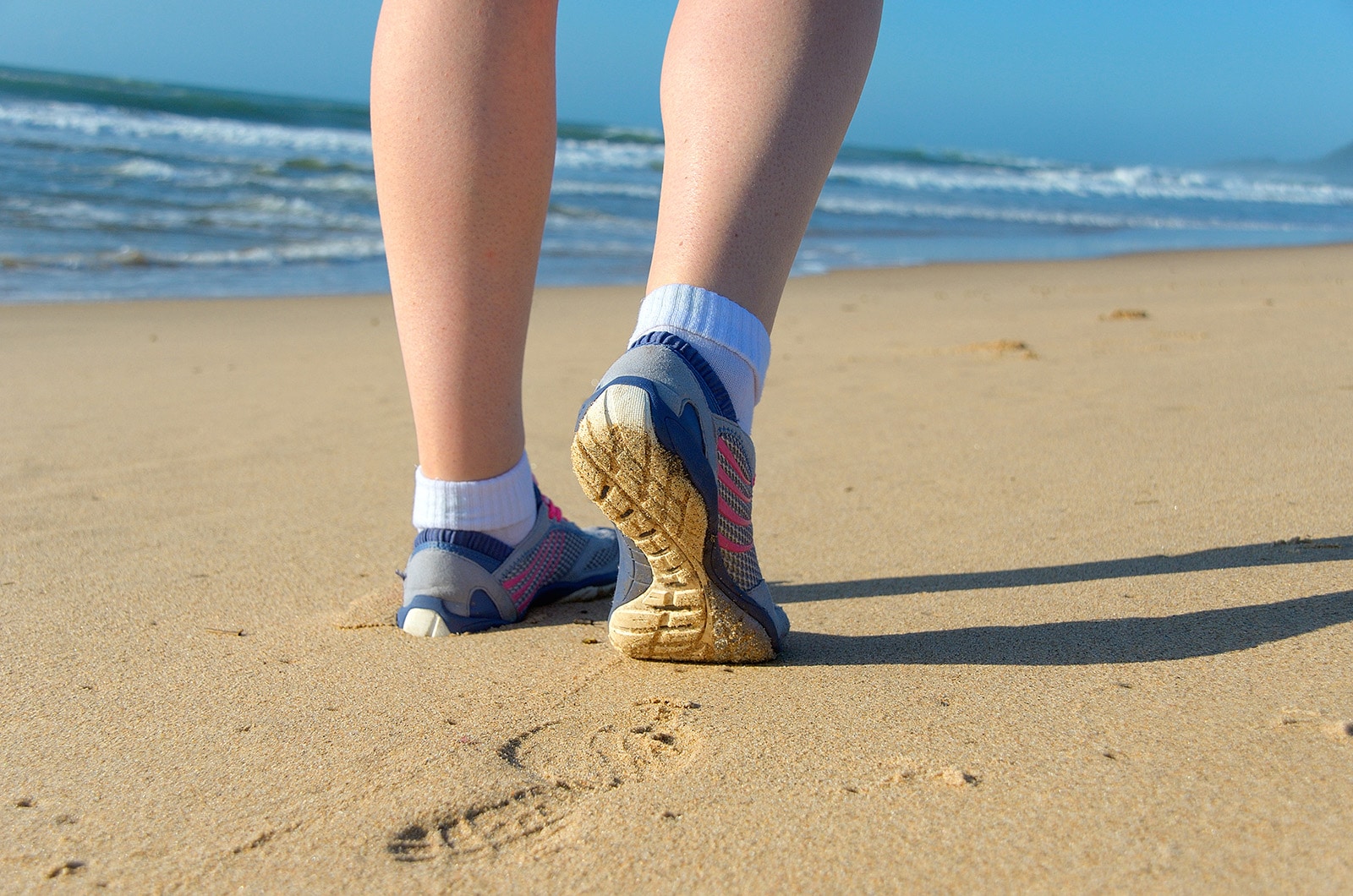Flat feet, or fallen arches, is a condition that affects a significant portion of the population, leading to a variety of discomforts and complications. Many individuals with flat feet often find themselves asking, “What footwear should I be wearing?” Among the myriad options available, minimalist shoes have recently gained significant traction. But are they genuinely beneficial for flat-footed individuals? This blog delves into how minimalist shoes may serve as a remedy while exploring the intricacies behind this phenomenon.
To set the stage, it’s essential to comprehend what flat feet entail. Flat feet occur when the arches of the feet collapse, causing the entire foot to make contact with the ground. Symptoms often include discomfort, fatigue, and sometimes even pain radiating throughout the legs and lower back. The implications of flat feet stretch beyond discomfort—they can lead to various orthopedic complications, necessitating a thoughtful approach to the choice in footwear.
Now, let’s turn our attention to minimalist shoes. These shoes typically possess a low heel-to-toe drop, a flexible sole, and a lightweight construction, aimed at simulating a barefoot experience. Proponents extol their virtues, arguing that they encourage proper foot mechanics, thereby aligning well with one of the primary concerns for flat-footed individuals. The underlying philosophy is that by promoting a more natural foot position, minimalist shoes could potentially help alleviate the issues faced by those with flat feet.
One fundamental observation is how minimalist shoes differ drastically from traditional supportive footwear. Conventional shoes often come equipped with substantial arch support and cushioned soles, ostensibly designed to provide comfort. However, this support can inadvertently foster dependency, weakening the intrinsic muscles of the foot over time. In stark contrast, minimalist shoes advocate for a more proactive engagement of those very muscles. By allowing the foot to adapt more naturally, they aim to bolster strength and improve overall function.
Let’s explore the biomechanical principles at play here. Flat-footed individuals often suffer from overpronation—when the foot rolls inward excessively during walking or running. Many traditional shoes are engineered to counteract this motion with rigid support structures, but as previously mentioned, this can inhibit the natural development of muscle strength in the feet. Minimalist shoes, inviting a more natural gait, could potentially reduce overpronation, encouraging the foot to stabilize itself. This self-competition not only has the potential to provide relief but may also promote long-term resilience.
However, transitioning to minimalist footwear is not without its caveats. For those with flat feet considering this shift, it’s imperative to undertake the change gradually. A sudden switch can result in overuse injuries, particularly if the muscles and tendons haven’t been adequately conditioned. Start by incorporating shorter periods of wearing minimalist shoes and incrementally increase your usage. This gradual acclimatization allows your feet to adapt, enhancing your chances of reaping the benefits without undue risk.
Additionally, the question arises: Should flat-footed individuals eschew all forms of arch support? The answer is much more nuanced. While minimalist footwear can indeed assist in strengthening and enhancing foot function, there are scenarios—such as certain types of exercise or prolonged activity—where additional support may be warranted. The goal is to strike a harmonious balance; using minimalist shoes in conjunction with supportive footwear during recovery or longer workouts can be a savvy strategy.
Moreover, let us not overlook the importance of looking beyond footwear alone. Ergonomics plays an integral role in managing flat feet. Implementing targeted exercises aimed at fortifying foot muscles can significantly augment the benefits gleaned from minimalist shoes. Activities like toe raises, arch lifts, and even yoga can stimulate muscle engagement, aligning perfectly with the naturalistic approach espoused by minimalist footwear.
In the broader context of footwear trends, the fascination with minimalist shoes can often be tied to a cultural shift towards authenticity and simplicity. Just as many individuals endeavor to embrace a more holistic and natural lifestyle, their choices in footwear reflect that commitment. The allure of the minimalistic wave is captivating; it embodies a return to fundamentals, an acknowledgment that often, less is more.
The curious begets curiosity: Are minimalist shoes a panacea for flat feet? While they may not eradicate all complications, they certainly offer a pathway towards an advantageous relationship with your feet. In conjunction with intentional exercise, thoughtful transitions, and an integrated approach that considers the entirety of one’s physical well-being, minimalist shoes have the potential to uplift not just feet, but also entire lifestyles. So, as you contemplate this trendy maneuver into minimalist footwear, remember that it is merely one piece in a broader puzzle—a mosaic of choices that together can lead to enhanced mobility, comfort, and fulfillment.
In conclusion, while the debate continues, striking a balance between support and minimalism is essential. Embracing a shoe that respects the natural shape and movement of the foot can be transformative. However, it is rooted in a philosophy that relishes in the nuances of our biomechanics and the intricate dance between form and function. Whether you’re an athlete, a casual walker, or someone grappling with the discomforts of flat feet, the journey to finding your perfect footwear may just entail a little exploration beyond the ordinary.
